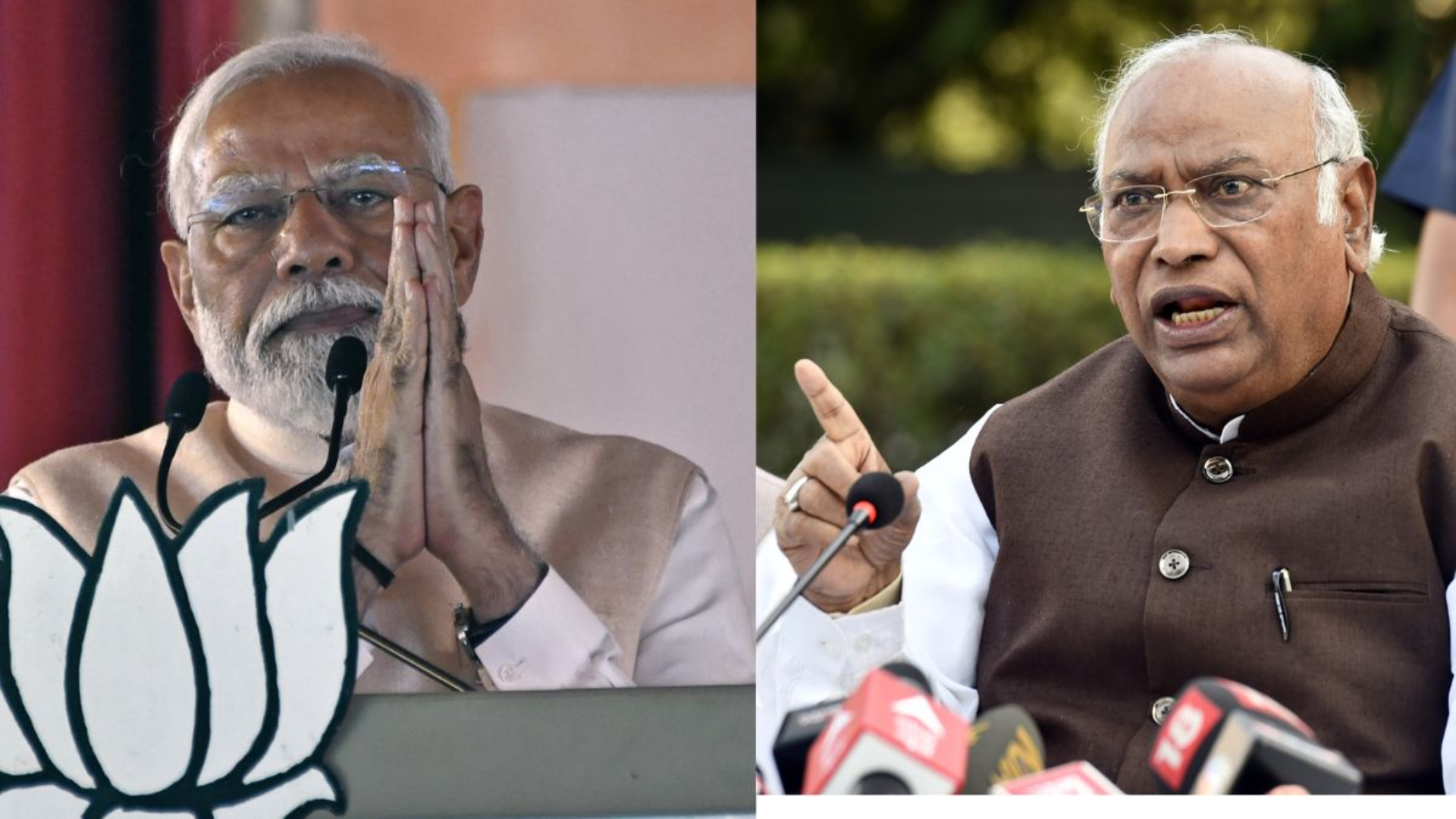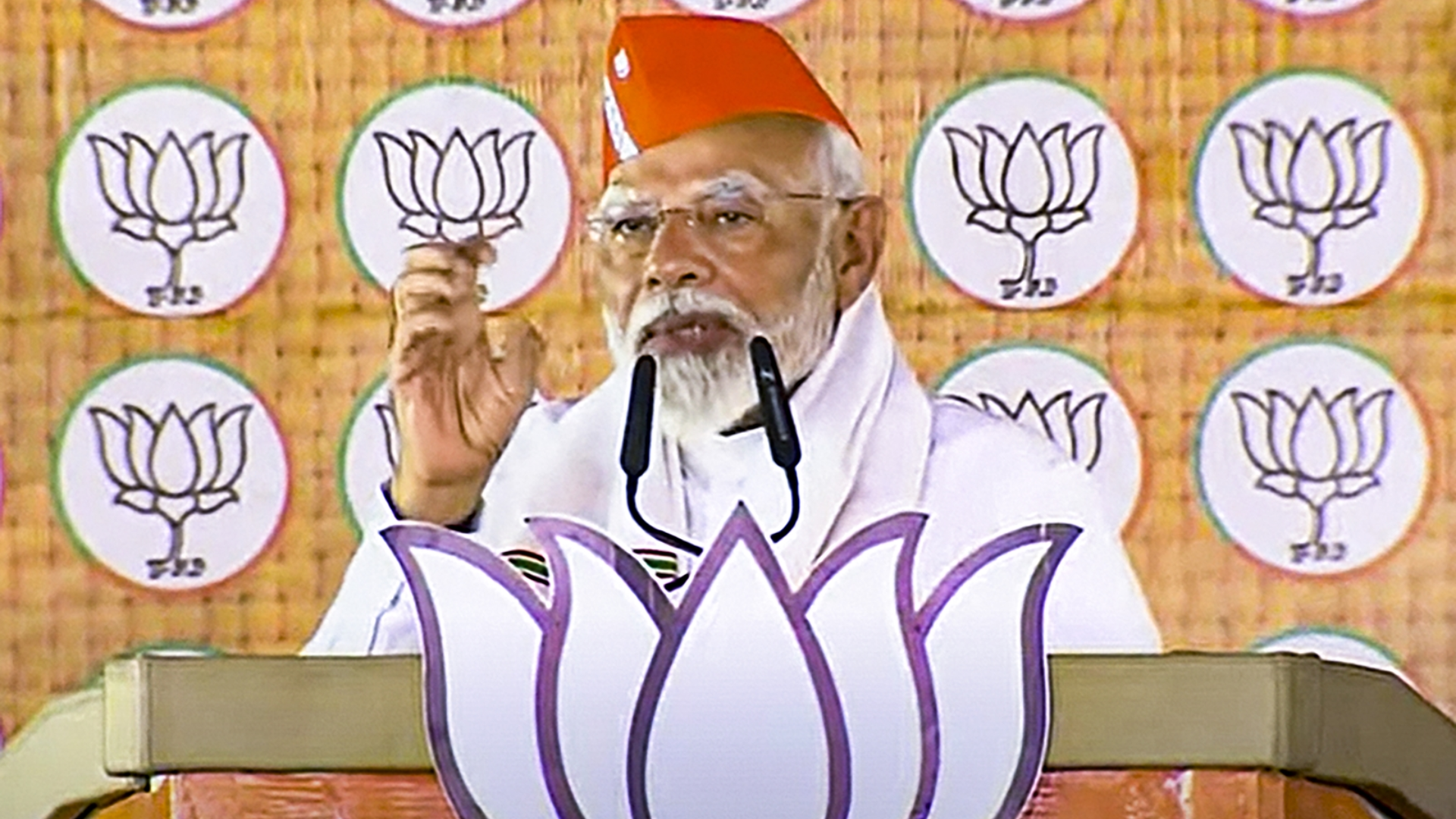


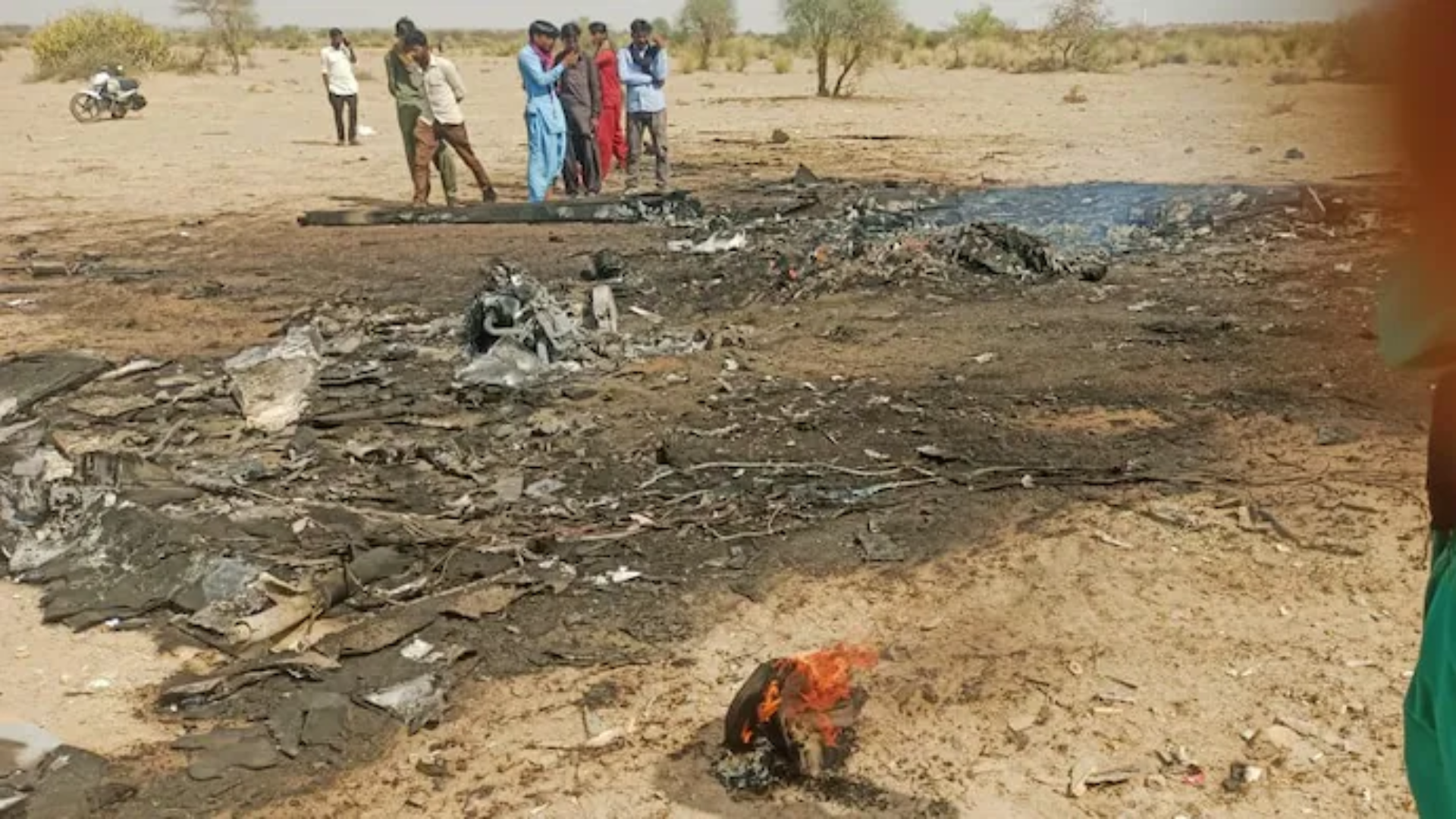

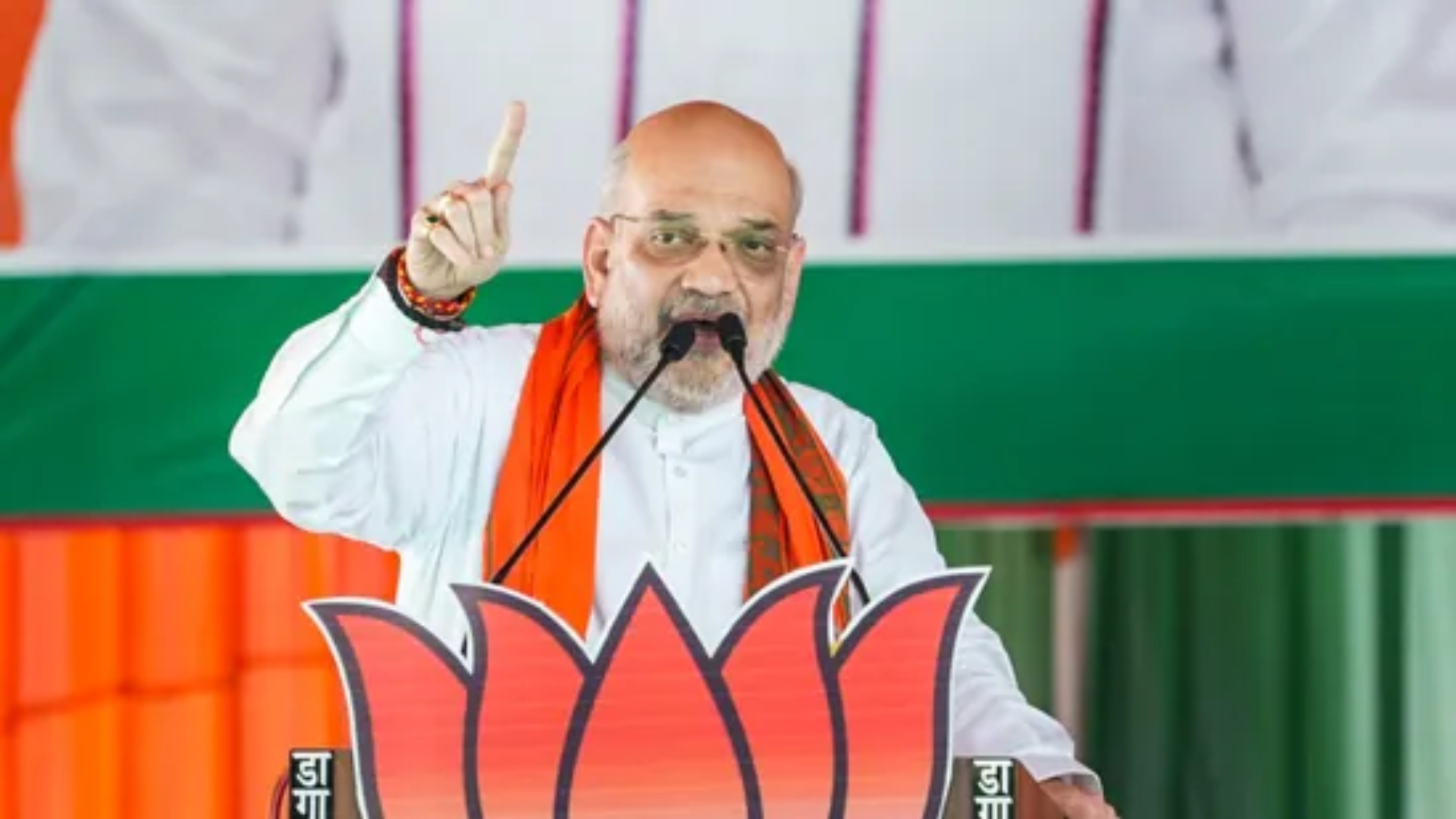

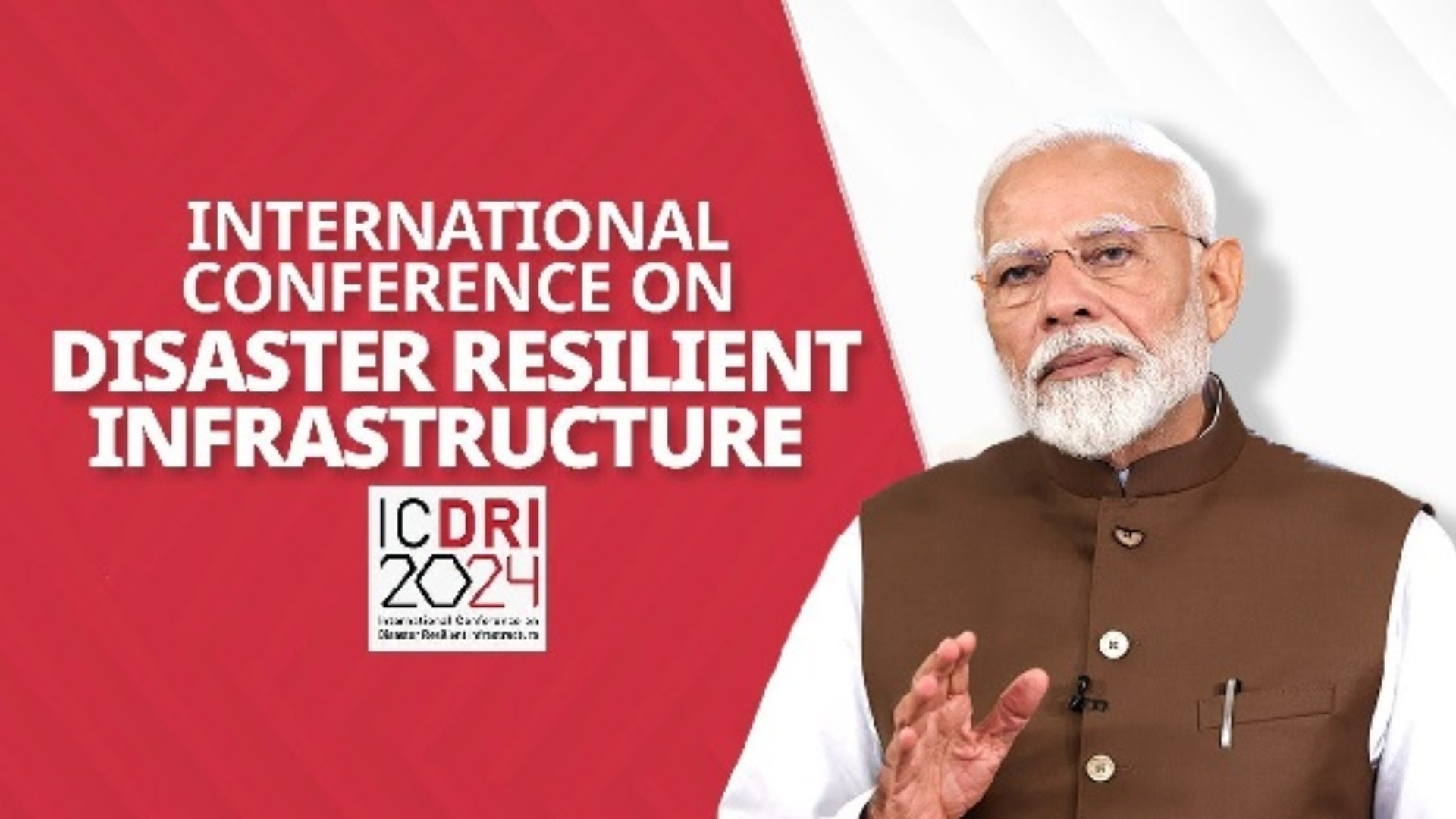


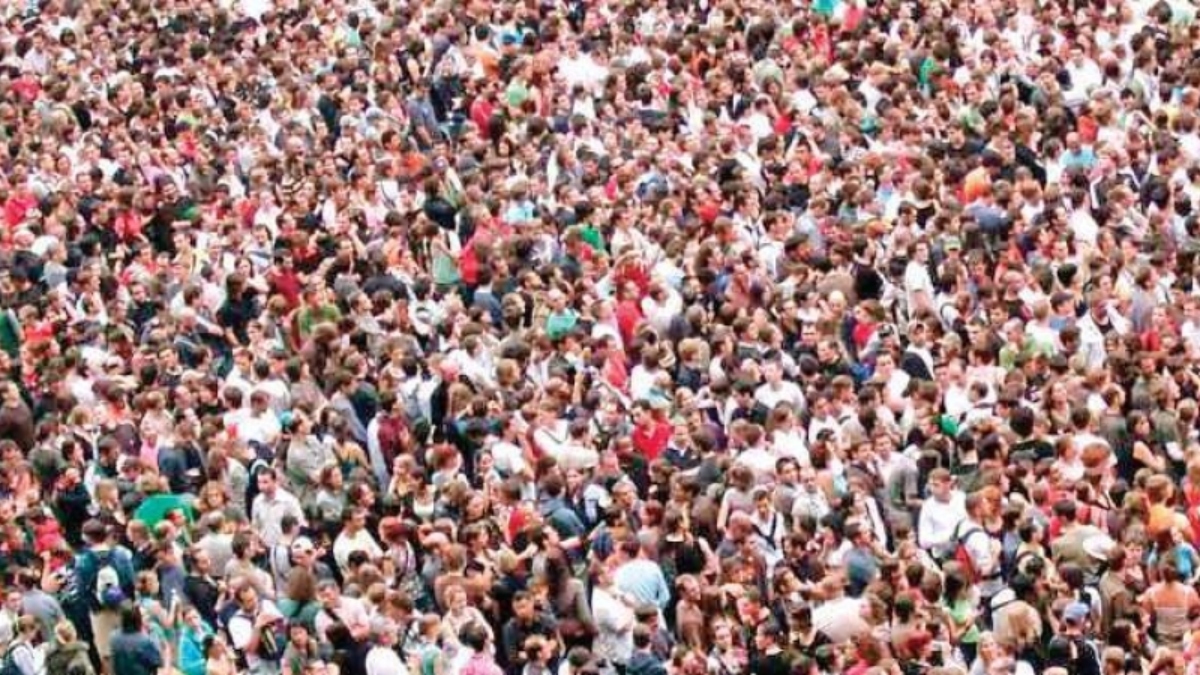
The sudden outbreak of the pandemic has given us a reality check as to where we stand vis-a-vis our resources and the population dependent on it. The spread of the deadly virus and the subsequent economic breakdown has proved that as a country we have failed. It is not because of the government policies or the inefficiency of the government but because of its huge population. The lock down brought to forth the huge number of unskilled labor force that migrates to towns and cities in search of lively hood. It is not that the government does not want to do something but the fact is that they are not sure with their limited resources as to how much infrastructure should be created.
Both developing & developed countries have not been able to live up to the pledges they made at UN Conference on Population & Development in Cairo in 1994. The result is in front of us; it is a saga of immense suffering, especially of women, 350,000 of whom die in pregnancy & childbirth each year.
As of now, India’s population stands at nearly 140 crore. And this rapidly growing population is the obstacle to her economic development. We do not have a magic wand to reduce the population, even if we put everything in place it will take generations to bring it under control. Agreed it is not possible to reduce the existing size of population. But it is, of course, possible to slowdown the rate at which population is increasing.
Also Read: US sanctions 11 Chinese companies over Uyghur persecution in Xinjiang
Also Read: Oxford University’s Covid-19 drug shows positive results in clinical trials
Overpopulation is causing more problems. Medical conditions are getting worse and diseases are spreading faster. More and more Indians are living below the poverty line. A bigger family means increased costs and reduced savings and in today’s fast moving life and cut throat competition not many would prefer that. Development of infrastructural facilities is unfortunately not keeping pace with the growth of population. As a major chunk of the funds is spent in meeting the basic requirements. The result is lack of transportation, communication, housing, education, healthcare etc.
The pressure of unwanted population growth increases the army of unemployed youths of employable age. The situation has become more alarming in these pandemic times. Just think of it, at a time when there are layoffs and people are losing jobs with companies and small businesses closing down, whom does the government support the existing workforce so that they can maintain their families or the lakhs of youth ready with skills and also unskilled joining the bandwagon of unemployed army.
These educated and skilled persons and also the unskilled ones have very limited opportunities of employment in their area of residence. So they migrate to cities and towns in search of livelihood. Thus, the towns and cities have become overcrowded, making living conditions poorer and resulting into socio-economic and environmental problems. The modest increase in national income under planned economic development is being eaten up by the increase in population.
One of the biggest threats of continued population growth is deforestation and loss of biodiversity. Acres and acres of forest and non-forest land turn into concrete jungle every year to meet the housing needs. And this loss of forest cover is directly contributing to climate change. The combined effects of population growth and climate change are threatening the food security for the country. Currently, the world is striving to address climate change by reducing carbon footprint through controlled consumption of natural resources and better technology. But an unsustainable growth of human population will undermine these efforts. Both domestic and global population growth is adding to man-nature conflicts.
Every extra mouth that has to be fed adds to the pressure on agriculture and agriculture is one of the main producers of greenhouse gas emissions. So, in order to cope with climate change, we not only need reduced carbon footprints. This controlled growth of human population will lead to a healthier and more stable post-fossil fuel society with reduced demand for natural resources, especially fossil fuels, coupled with technological advancement.
It is for all of us to understand what is at stake and demand immediate action. All we need now is strict population control norms so that the funds that are used for meeting the basic needs of the population are diverted for boosting other economic activities thereby propelling the country to greater heights.
Also Read: UAE launches ‘Hope’ mission to Mars from Japan

